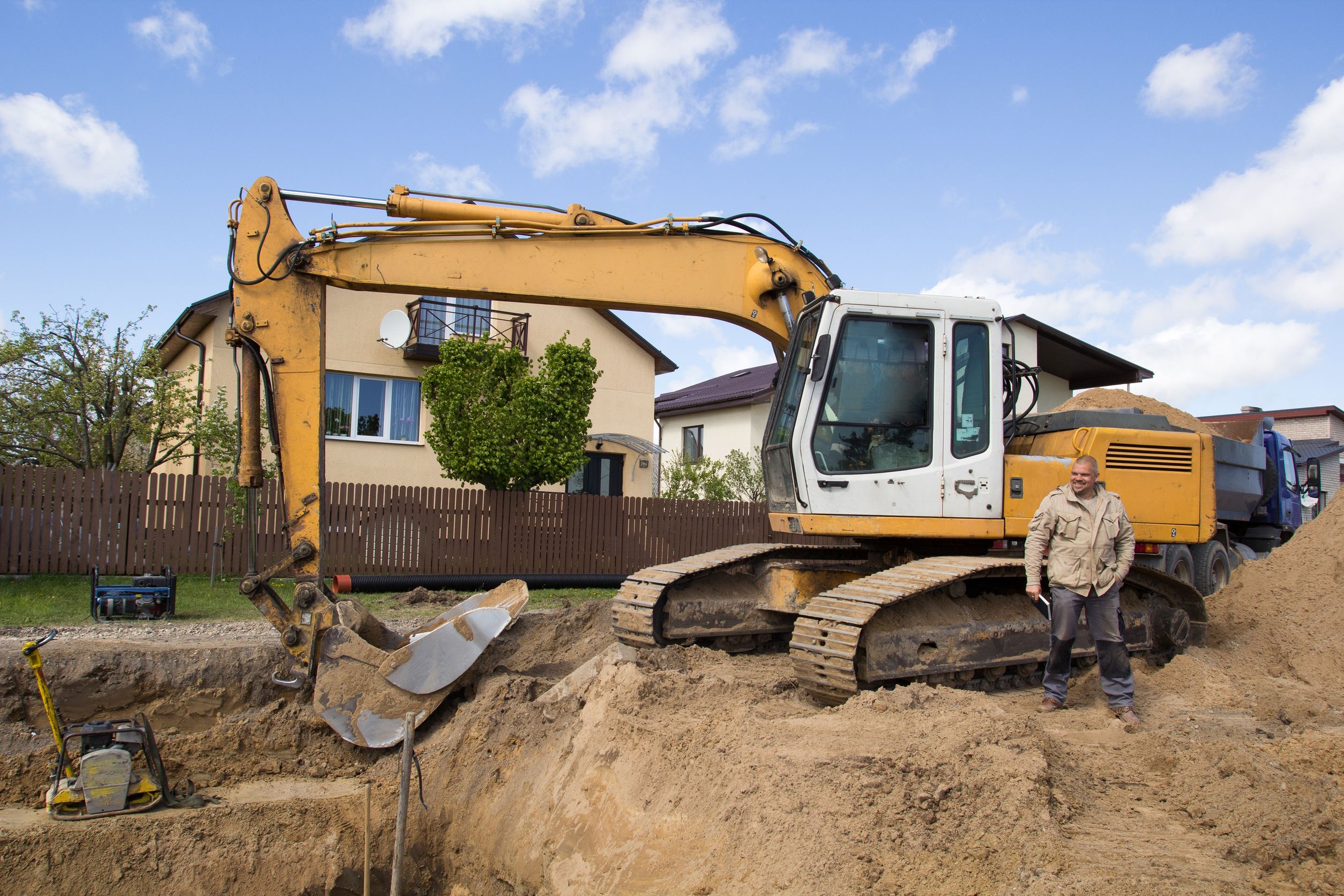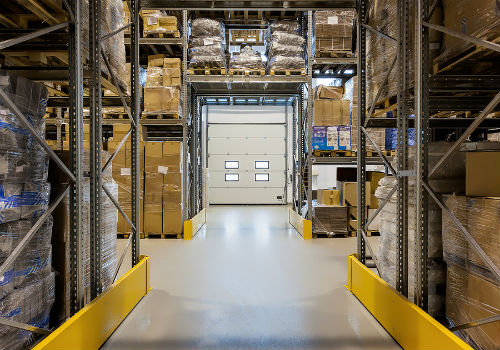An HVAC heat exchanger plays a vital role in maintaining indoor comfort and energy efficiency. Its primary purpose is to transfer heat between two or more fluids (such as air, water, or refrigerant) without mixing them. This process is fundamental in both heating and cooling systems.
Heating Mode
In heating mode, the heat exchanger in a furnace or boiler absorbs heat from the combustion process or electric heating elements and transfers it to the air or water that circulates through the building. For instance, in a gas furnace, natural gas burns inside a combustion chamber, producing heat. This heat passes through the heat exchanger, which then warms the air that a blower fan pushes through ducts to heat the home. The separation of combustion gasses from the indoor air ensures that dangerous gasses such as carbon monoxide do not enter the living spaces, making the heat exchanger crucial for safety.
Cooling Mode
In cooling mode, such as in an air conditioner or heat pump, the heat exchanger transfers heat from the indoor air to the refrigerant. As the refrigerant absorbs heat, it evaporates and carries the heat outside, where another heat exchanger releases it into the outdoor air. This process cools the indoor air, which is then circulated back into the living spaces, maintaining a comfortable temperature. You can see that an HVAC heat exchanger is useful in many different situations.
The heat exchanger is indispensable for efficient temperature regulation and safety in residential and commercial environments, underpinning the functionality of modern heating and cooling systems.



